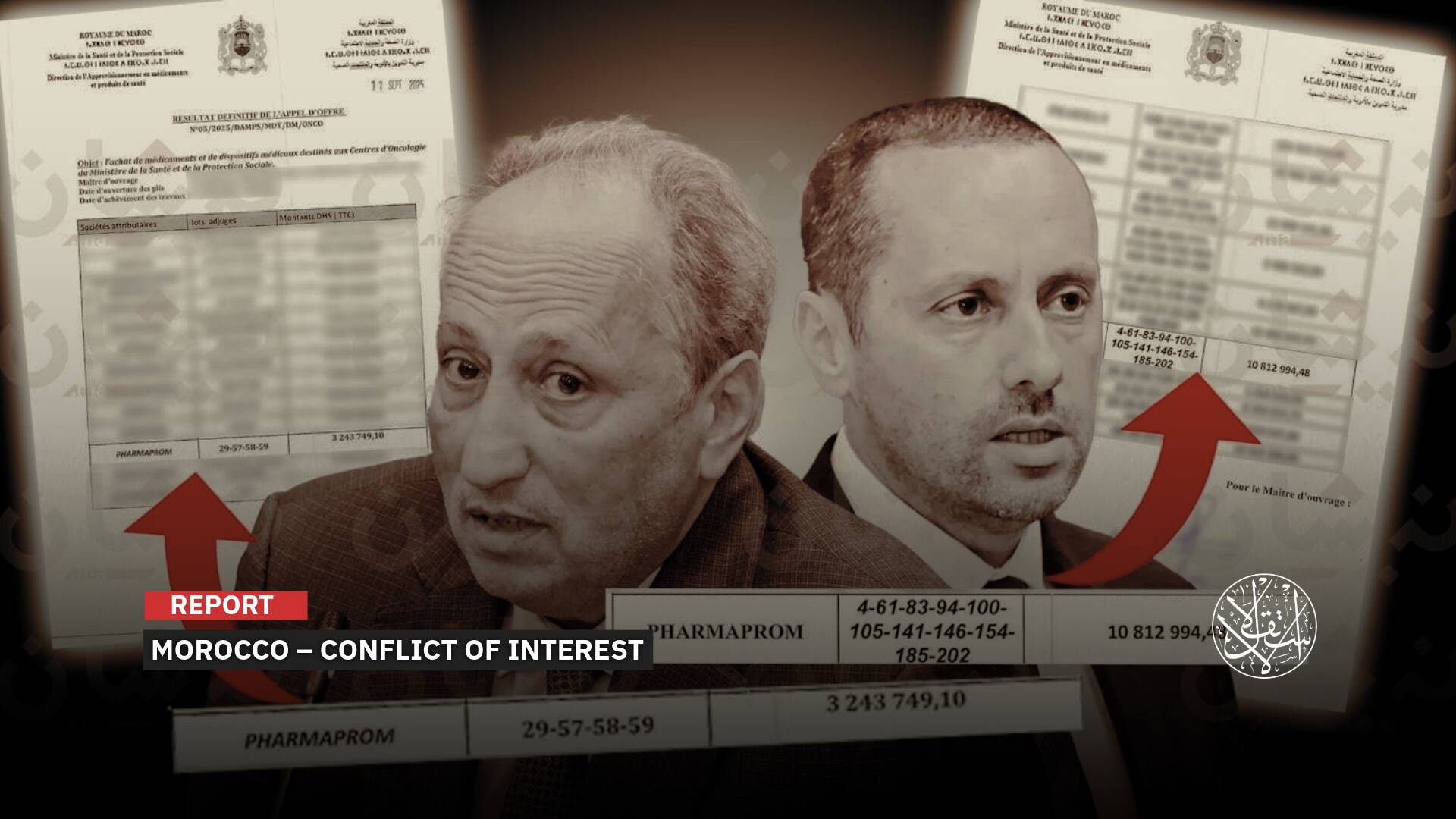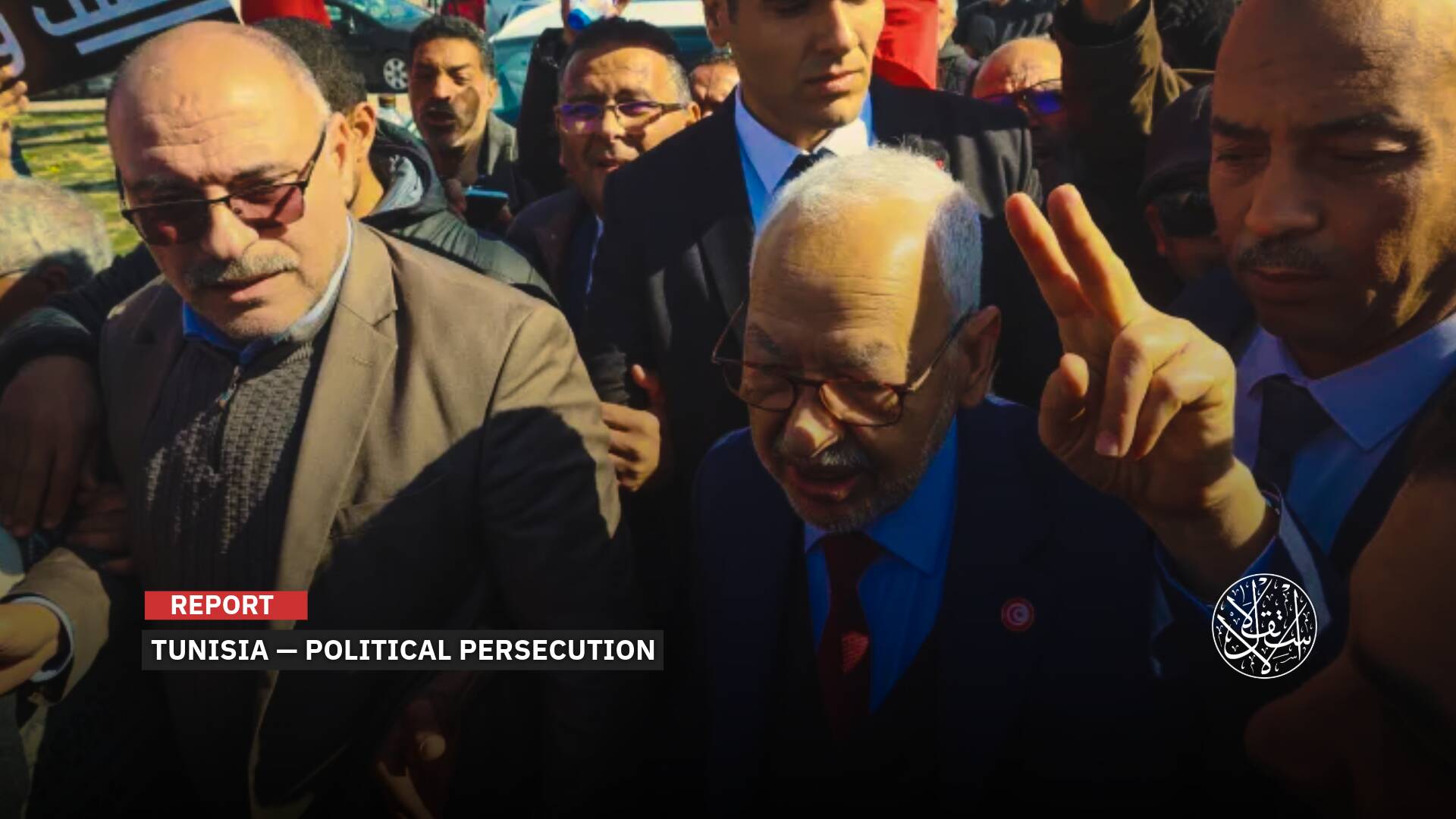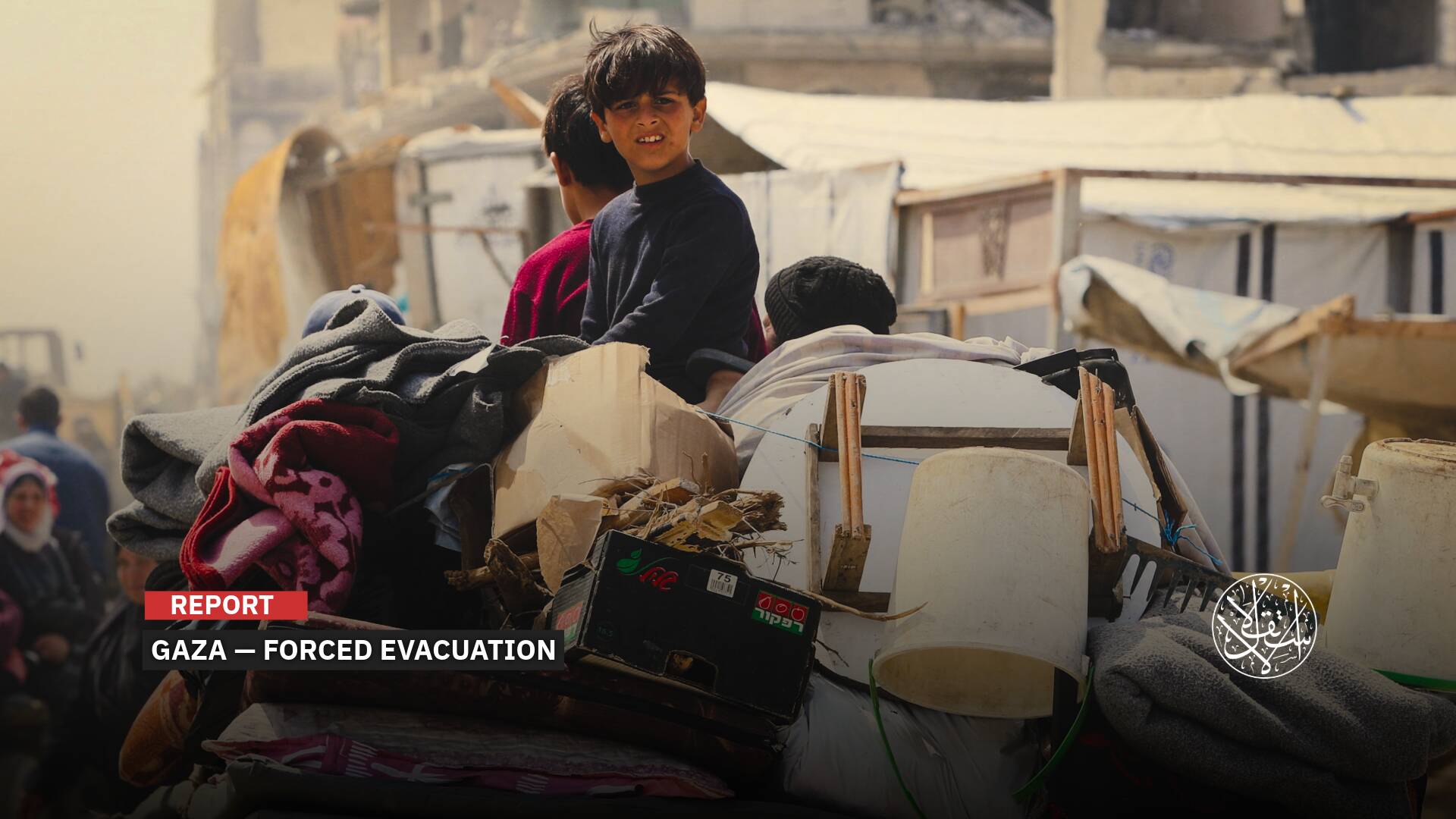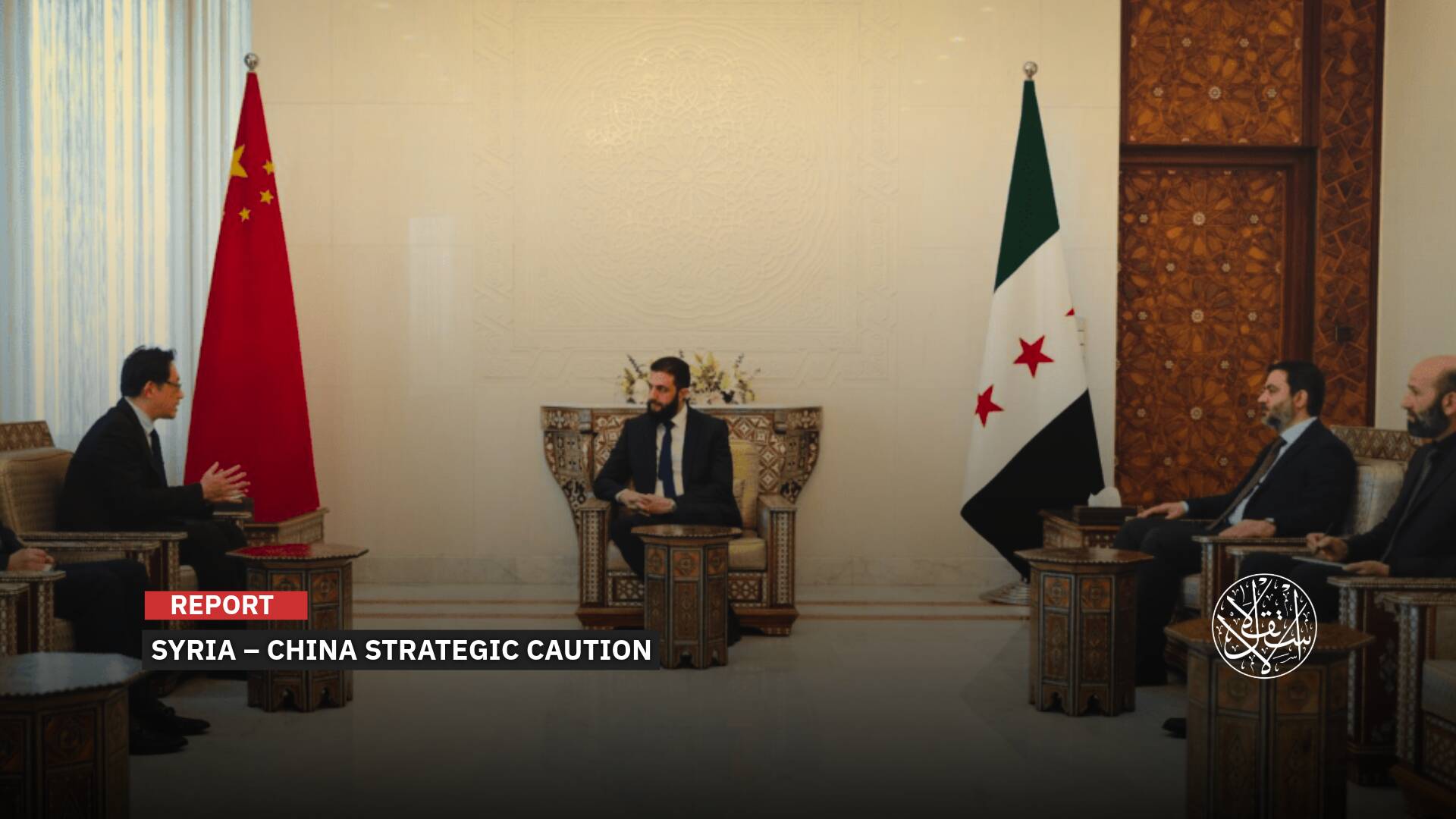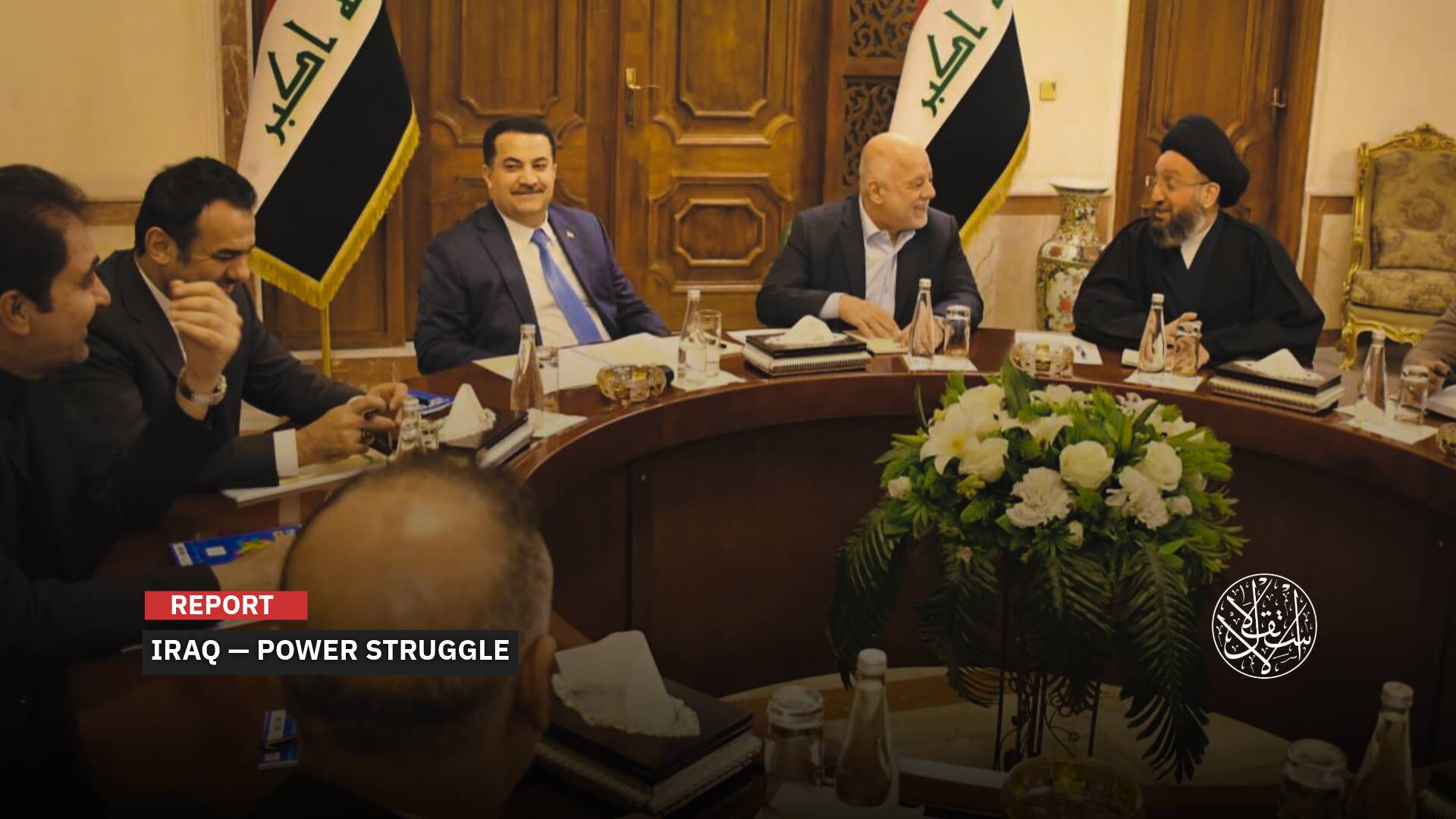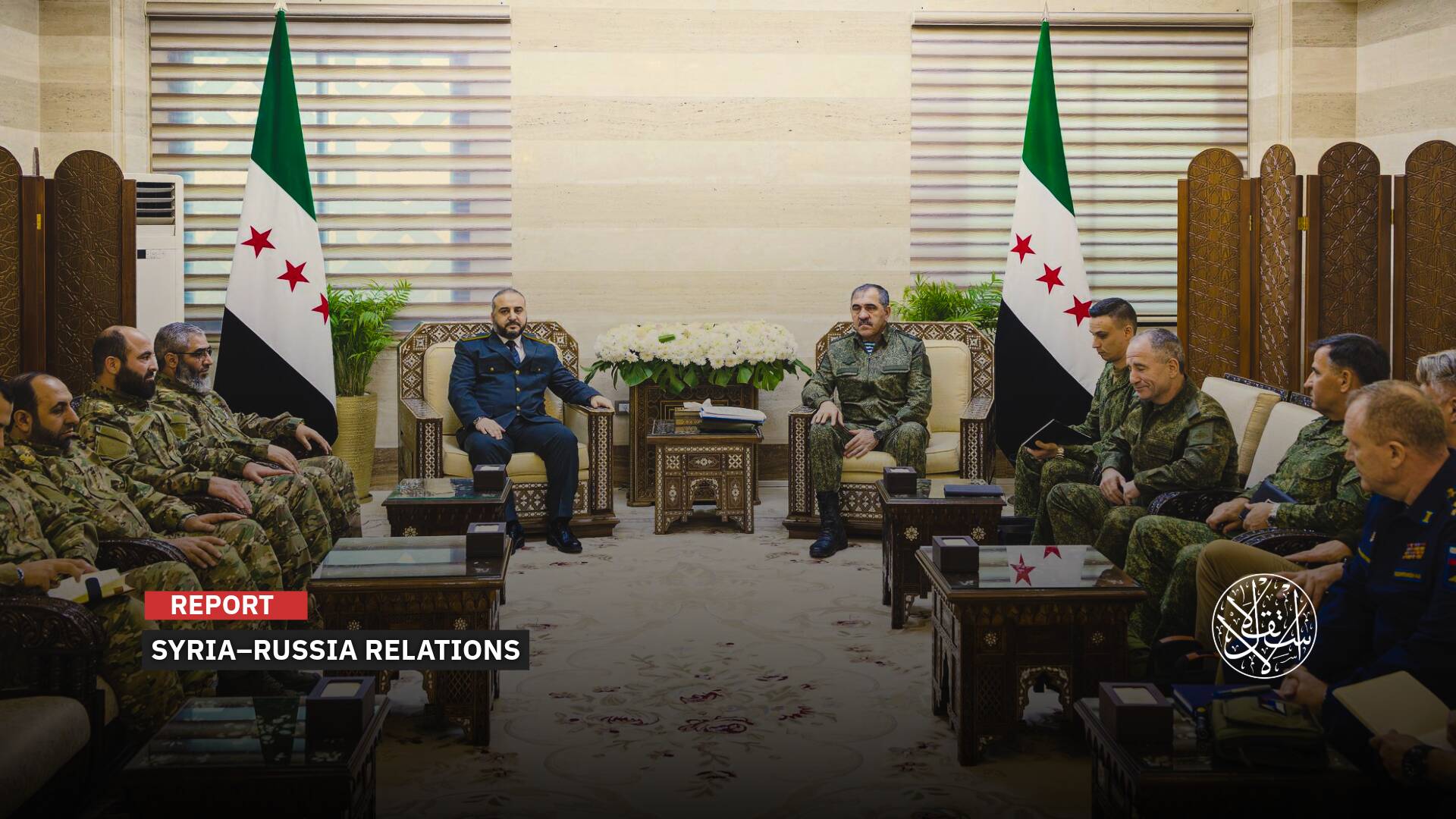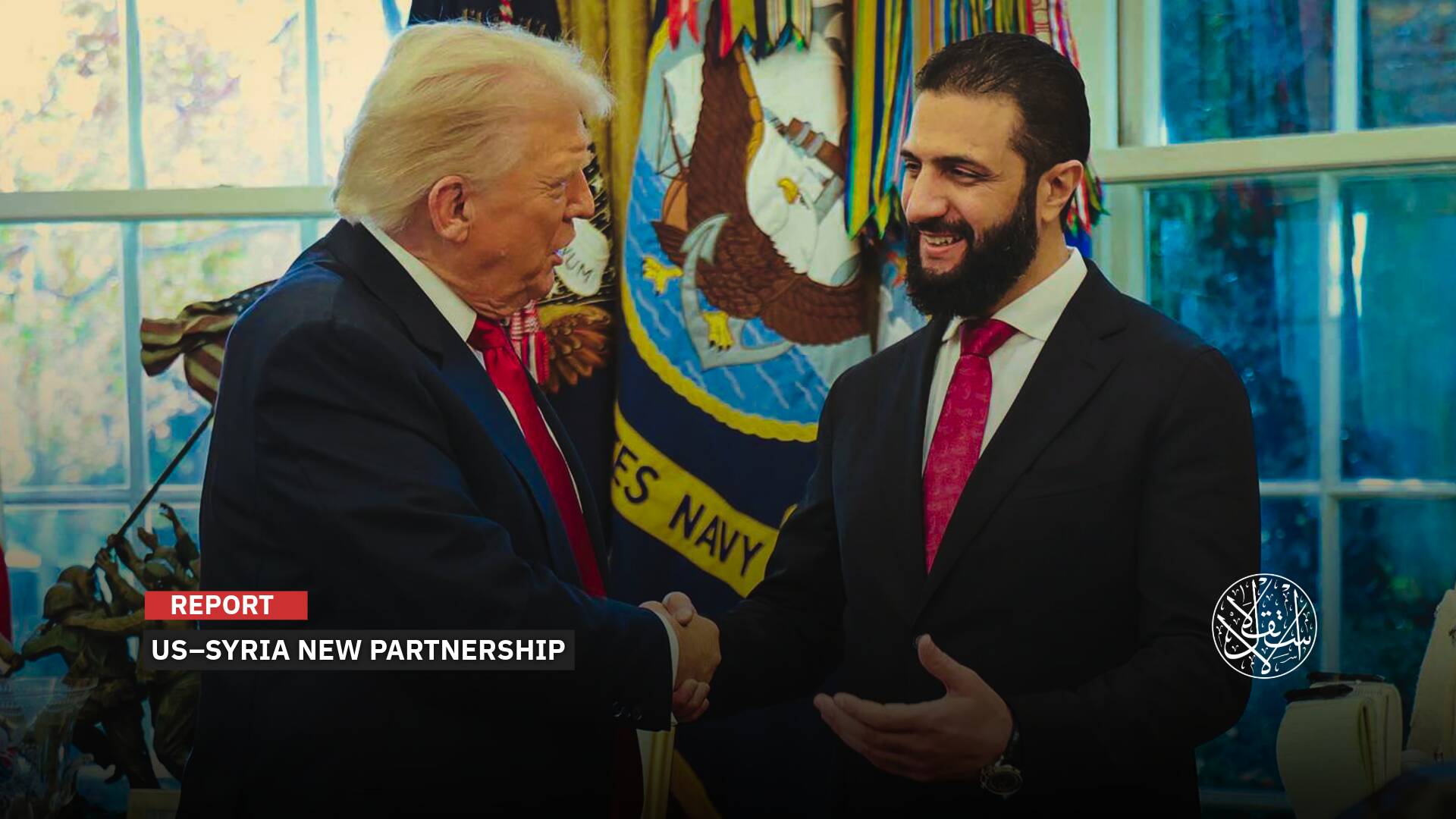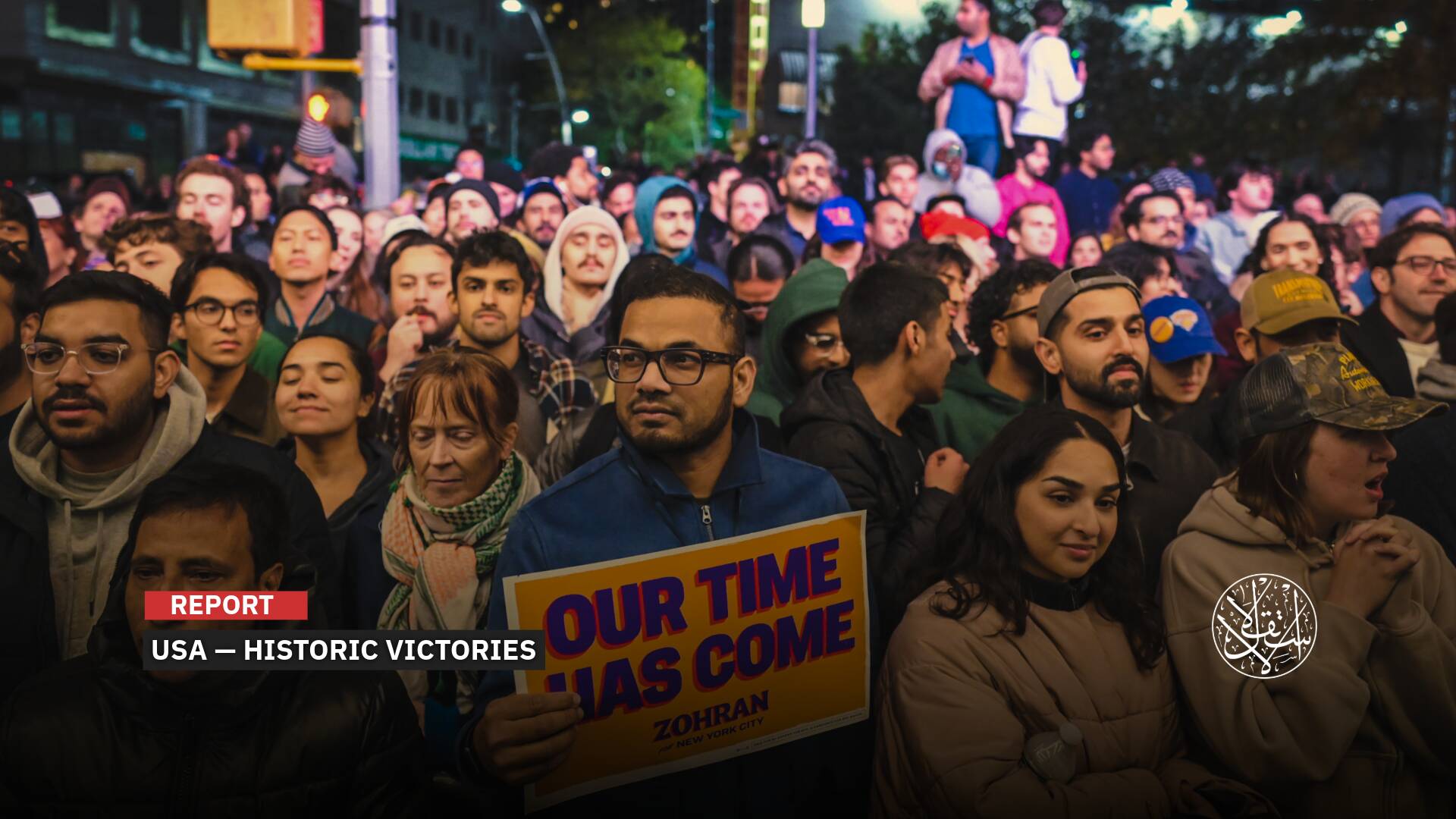Prisoner Exchange Deal Between America and Iran: Does it Pave the Way for the Nuclear Agreement?

Amid mutual threats and hints of impending conflicts, Washington and Tehran suddenly revealed their final touches on a prisoner exchange and the release of frozen Iranian funds, which were being worked on discreetly.
The agreement includes the release of five detained Americans in Iran in exchange for an undisclosed number of Iranians, alongside the United States allowing the unfreezing of around six billion dollars of Iranian funds in South Korea.
Iran has already moved the American prisoners from jail to house arrest on August 11, 2023, indicating the success of negotiations and the agreement’s path to implementation, according to AFP.
Despite U.S. Secretary of State Tony Blinken denying that this deal means easing sanctions on Iran and affirming that the released funds will be strictly used for humanitarian purposes, questions arise about the timing and its implications.
More importantly, is a new nuclear agreement between the U.S. and Iran approaching? This comes after former President Donald Trump withdrew from the 2015 deal with major world powers in 2018.
Especially since talks have been ongoing for a while about a nuclear deal, which “Israel” has been obstructing, and other negotiations urging Iran to cease support for Russia in its conflict in Ukraine.
Behind the Scenes
On August 12, 2023, CNN unveiled the behind-the-scenes of the indirect negotiations between Washington and Tehran prior to reaching the agreement. It quoted a knowledgeable American official stating that these negotiations followed over a year of direct talks in Doha’s hotels.
The network described the indirect talks that led to the announcement of the deal as a diplomatic breakthrough between Washington and Tehran, even though Qatari officials were facilitating messages between the delegations in the utmost secrecy, according to the American official.
The prisoner exchange agreement is not new and had been previously announced by Iranian Foreign Minister Hossein Amir Abdollahian on government television on March 12, 2023, as reported by the German website Deutsche Welle.
He stated that everything was “ready” for a prisoner exchange with the United States, which could happen swiftly if the latter were willing. However, Washington denied the accuracy of these statements, saying they were false claims.

However, the prisoner exchange agreement, which was nearing completion in March 2023, hit a snag when Iran detained a dual-national American citizen whose name was not disclosed. Iran refused to include him in the negotiations, as reported by The New York Times on August 10, 2023.
It was reported that the American prisoners had already been moved from Iran’s notorious Evin prison to a hotel in Tehran.
There, they would be held under guard for several weeks until they could return by plane after the mentioned Iranian funds were transferred to a Qatari bank.
A source from Reuters confirmed on August 11, 2023, that the five American dual-national prisoners would be allowed to leave Iran after the unfreezing of six billion dollars of Iranian funds in South Korea. However, the process might be delayed due to the unfreezing procedures and transfer of funds.
On June 12, 2023, Iran confirmed that it had engaged in indirect talks with the United States through the mediation of Oman, a traditional intermediary between the two countries with no diplomatic relations.
Qatar’s Foreign Minister, Majed bin Mohammed al-Ansari, stated in mid-August that Qatar played a pivotal role in facilitating recent Iranian–American negotiations. He emphasized Qatar’s substantial efforts as a trustworthy international mediator to foster rapprochement between the American and Iranian sides.
New Nuclear Agreement?
While U.S. officials have consistently claimed that their diplomacy to release imprisoned Americans is not directly linked to discussions concerning Iran’s nuclear program, insiders familiar with negotiations with Iran informed The New York Times on August 10, 2023, that during a meeting in early May 2023, Brett McGurk, the White House Coordinator for the Middle East and North Africa, discussed not only the prisoner exchange with officials in Oman but also broader unofficial understandings related to the nuclear deal.
They mentioned that during his time in Oman, McGurk engaged in indirect talks with Iranian officials, aiming to reach an informal agreement that would require Iran to reduce its uranium enrichment to a level lower than what is required for nuclear weapon production and to curtail its military support to Russia.
In return, the United States pledged not to intensify sanctions or impose certain punitive measures against Iran in international forums.
An unwritten nuclear agreement, or something more, was previously discussed in the Israeli newspaper Haaretz on July 13, 2023.
It indicated that the agreement would freeze Iran’s nuclear program in exchange for releasing Iran’s frozen funds abroad, freeing more prisoners and captives, which aligned with the recent deal.
The newspaper suggested that parts of the agreement were already being implemented, possibly more than an informal understanding, but the U.S. administration avoided officially labeling it a “real” agreement to prevent negative reactions from Republicans in Congress.
After President Donald Trump’s withdrawal from the 2015 nuclear deal between Iran and major world powers in 2018, reinstating sanctions that crippled Iran’s economy, Iran gradually violated the restrictions imposed on its nuclear program under the previous deal and escalated uranium enrichment to 60 percent. Indirect talks between Tehran and the Biden administration to revive the agreement had halted since September 2022.
Negotiators hope that discussions will lead to an agreement between the two sides on de-escalation measures. This would mean Iran agreeing to halt uranium enrichment above 60 percent, improving its cooperation with the International Atomic Energy Agency, and committing not to target Americans, according to an Iranian official and another individual familiar with the negotiations.
This indicates that the Washington–Tehran agreement is not only about prisoner exchange and funds but is a prelude to wider agreements, as revealed by the Financial Times on August 16, 2023. According to informed sources, the U.S. is pressing Iran to halt the sale of drones to Russia within a broader, unwritten understanding.
The newspaper confirmed that Washington offered Iran the easing of enforcement of oil export sanctions and refraining from imposing new sanctions in non-human rights areas, in return for Iran ceasing to supply drones to Russia and taking a firmer stance on their use by Moscow in the Ukraine conflict.
The newspaper mentioned that these discussions took place alongside negotiations for a prisoner exchange agreement. Tehran informed Washington that it had requested Moscow to halt the use of its drones in Ukraine. However, Washington is seeking a more decisive stance from Tehran.
Nevertheless, Iran has asked the United States to convince European allies to also ease the pressure on it, as its economy is being stifled due to sanctions.
An Iranian official stated that Washington would, in return, refrain from imposing new sanctions in certain areas, except those related to human rights, and would not strictly monitor the already-imposed oil sales sanctions.
U.S. Secretary of State Antony Blinken mentioned on August 15, 2023, that he would welcome any Iranian steps to de-escalate its growing nuclear threat, affirming that both Washington and Tehran are working to ease tensions and initiate broader talks concerning Iran’s nuclear program.
Analysts caution that even if Iran and the United States agree on de-escalation measures, the core issue of addressing Iran’s nuclear ambitions remains more challenging and complex than ever.
Iranian Gains in Prisoner Exchange Deal
As part of the anticipated prisoner exchange deal, over 6 billion Iranian rials frozen in South Korea due to sanctions will be released and transferred to a bank account in Qatar. Iran will use these funds for “non-sanctioned trade,” particularly for goods such as food and medical supplies.
Iranian officials have indicated that the deal encompasses between 6 and 7 billion dollars, which had been frozen due to sanctions. They confirmed that the funds would be transferred to Qatar before being sent to Iran.
This substantial amount will enable Tehran to purchase a variety of goods and products, thereby alleviating pressure on its oil-dependent budget resources and diversifying its funding sources, including for areas like armaments.
Additionally, the partial easing of U.S. sanctions through relaxed enforcement of penalties on Iranian oil exports will allow Iran to increase its oil revenues and enhance its economy beyond Western sanctions.
Observers also believe that the disclosure of the deal will reduce tensions in the Gulf and the Strait of Hormuz, where Washington recently deployed a significant military presence.
Iran’s official news agency, IRNA, reported that five Iranians in U.S. prisons will be released in exchange for five others in Iran.
Over the years, Tehran has sought the release of more than 12 Iranians detained in the United States, including seven with dual citizenship, two Iranians with permanent residency in the U.S., and four Iranians with no legal status.

However, U.S. officials are refusing to comment on the identity or number of Iranian prisoners who might be released in a final agreement.
Nevertheless, Iranian media previously identified several prisoners with “issues related to violations of U.S. export laws and restrictions on dealing with Iran,” according to TIME magazine on August 11, 2023.
These violations include money transfers via Venezuela and sales of dual-use equipment, which the United States alleges could be employed in Iran’s military and nuclear programs.
Iran is indeed engaged in uranium enrichment and storage as part of its advanced nuclear program, according to Western accusations.
Most significantly, despite the impact of sanctions, Iran has achieved significant progress in its nuclear program, a feat it didn’t envision, thanks to its response to sanctions. This progress includes not only its capacity to produce nuclear weaponry but also leveraging its nuclear program for scientific advancements.
This was elaborated upon by the Head of Iran’s Atomic Energy Organization, Mohammad Eslami, on August 13, 2023, stating: “We possess over 300 variants of heavy derivatives, with each gram valued at thousands of dollars. These represent scientific achievements that were previously forbidden to us.”
In early March 2023, the International Atomic Energy Agency announced the discovery of enriched uranium particles at 83.7% enrichment, a level very close to what is needed for nuclear weapon production, in Iran’s underground Fordow nuclear reactor.
The agency, as mentioned in a report published by the BBC, indicated that it was engaging in discussions with pertinent authorities in Tehran in order to obtain “clarity on this matter” from Iran.
For its part, the Islamic Republic clarified that the presence of these particles might be a result of “unintended fluctuations” in uranium enrichment levels.
The declared uranium enrichment level in Iranian nuclear reactors has reached 60% over the past two years, a clear violation of the 2015 nuclear agreement between global powers and Tehran.
Sources
- U.S. Reaches Deal With Iran to Free Americans for Jailed Iranians and Funds
- Possible deal to free American prisoners in Iran called for shuttle diplomacy – from hotel to hotel
- US asks Iran to stop selling drones to Russia
- Iran Gets an Unwritten Deal From the U.S. as Israel Gets a Bear Hug
- هذا المقال متوفر بالعربية


